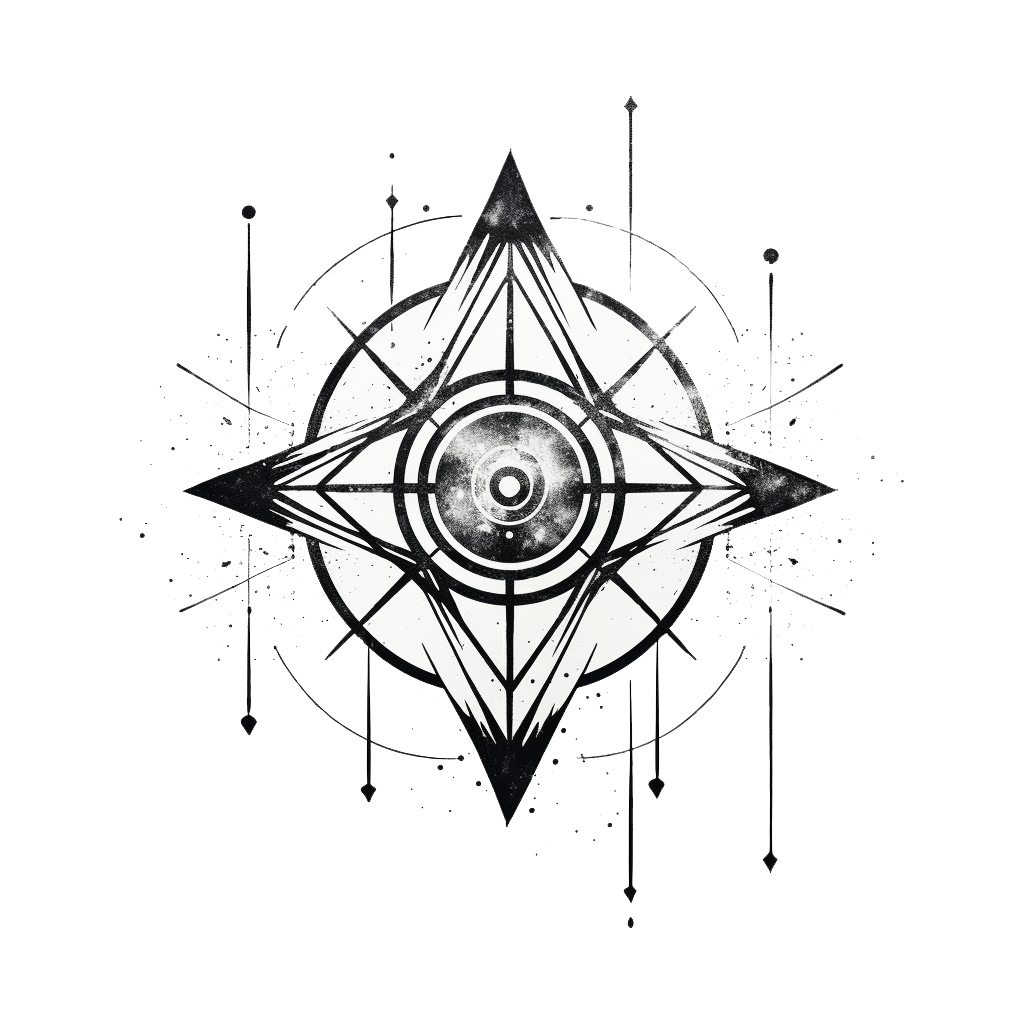As the stone is cast into the water, its ripples flow in patterns both familiar and unpredictable. It is in this physic that players will use the path as they make decisions and take actions for the character of the scenario. The action roll is the path’s answer to the unpredictable, and the dice cast as explored in the core of the system will speak to the outcome. The familiar ripples are guided by the way in which a character’s source attributes and adjustments modify a player’s action roll.

Source Attributes
Just as every character is shaped by four physical and four mental attributes, each action the character makes must also extend from one of those attributes. In any setting, four physical attributes and four mental attributes must be defined. Once an action is decided by the player, the dice are cast and the sum of the dice must be modified by the character’s bonus or penalty in the appropriate attribute.
| Description of Action | Source Attribute |
| Using physical force to manipulate a scenario | Strength (STR) |
| Relying on one’s durability or hardiness in an action | Endurance (END) |
| Depending on speed, balance, and physical deftness | Agility (AGI) |
| Calling on one’s finesse and dexterity for meticulous motion | Accuracy (ACC) |
| Requiring a facility for memory, function, or pattern recognition | Intellect (INT) |
| Utilizing knowledge, poise, cultural or political awareness | Wisdom (WIS) |
| Relying on one’s awareness, observational skills, noticing something out of place | Perception (PER) |
| Resting on one’s charms, social presence, and performance skills | Charisma (CHA) |
In the APC System, actions of every type will always be modified depending on the character who undertakes those actions. As discussed in character elements, an extremely agile character may have an above average AGI score of 15 among their attributes, making their bonus to AGI actions +2. The player making an AGI action will make a [3d6] action roll, and then add +2 to the sum of the dice.
A different character may have a substandard AGI score of 8, making their penalty to AGI actions -1. The player of this character will make the [3d6] action roll, then add -1 to the sum of the dice. In this way, the path creates nuance both for the knowable and unknowable aspects of actions within the setting.
In established game settings the Augur will have many common actions fleshed out for the players to explore, each with a source attribute noted clearly in the compendium. But any setting-specific action is simply an extension of the core function of actions in the path. For an Augur using the path, the only firm rule is that actions must have source attributes, so they can be modified by the player based on the character performing the action. The source attributes of the game scenario must match the defined physical and mental attributes established within the core character elements.
In some compendiums, actions may have specific names, while in other settings the actions may only be named according to the source attribute; it matters not, so long as the core rule of the path is made present.
Adjustments
Actions are most commonly modified by source attributes, but there are other values a character may possess, whether temporary or permanent, that can offer further adjustments to an action test. Temporary adjustments often emerge from conditions the character may experience, which are explored in more detail in the later section “Altered States.” A temporary adjustment may also come from what a character is wearing or carrying, something ingested, or from certain environmental conditions. Temporary adjustments will always last for a specified amount of time according to the scenario, and often a character’s rest cycle will remove or negate a temporary adjustment.
Permanent adjustments typically come from a character’s training and experience, but may also come from disease or injury from which there is no recovery.
